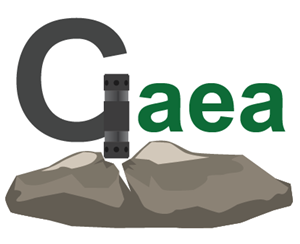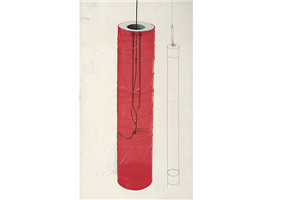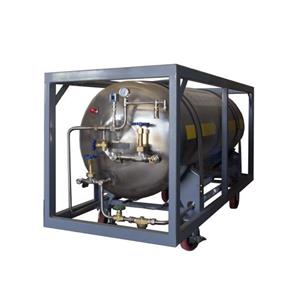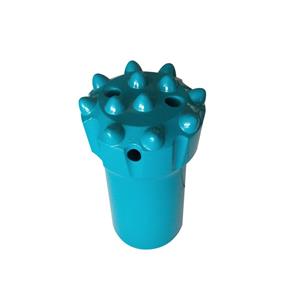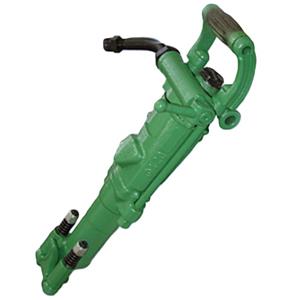Practical guide to choosing DTH drill bits by formation stability — a hands‑on strategy that helps beginners avoid pitfalls
The core of selecting DTH drill bits by formation stability is to consider whether the formation is prone to hole collapse and whether its structure is intact, match a bit whose breakage mechanism suits the ground, and combine the bit choice with appropriate borehole‑protection measures. This balances hole quality and operational efficiency. Broadly, formations fall into two scenarios — stable formations and collapse‑prone formations — with detailed selection guidance as follows.
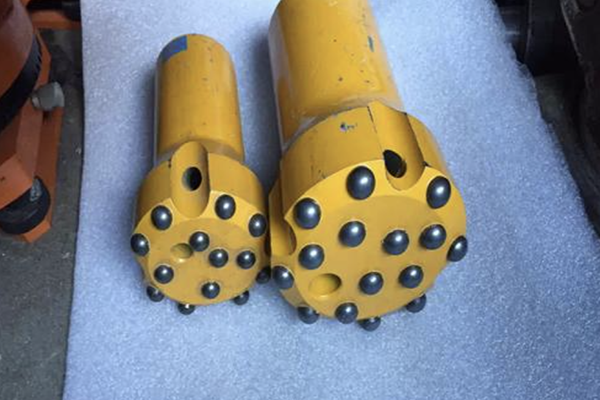
Stable formations (e.g., intact limestone, dense marble, strongly coherent sandstone) These formations have intact structure and firm hole walls with almost no risk of collapse. Selection can focus on maximizing drilling efficiency without being constrained by wall‑protection needs; most DTH bit types are applicable. Consider the following options:
Prioritize high‑efficiency drilling: choose rotary‑type DTH bits. By cutting the rock at high rotation speeds with continuous cutting action, they can greatly increase progress. For example, in intact limestone a rotary bit used with clean water as the flushing medium simplifies operations; rotary speeds of 100–150 rpm can achieve penetration rates of about 1–1.5 m/min, suitable for shallow exploration holes and small structural foundation drilling.
For medium to large hole diameters: select roller‑cone (toothed‑roller) DTH bits. Their rolling‑cutting action suits medium‑hard, stable rock and provides smooth cuttings removal, making them appropriate where a larger hole diameter is required (e.g., auxiliary holes in mine roadway development). They can maintain efficiency while reducing bit wear.
To handle local hard interbeds within otherwise stable formations: use percussion‑rotary composite bits. These combine the high cutting efficiency of rotary bits in softer stable rock with percussion action to break through harder interbeds, avoiding frequent bit changes.
Collapse‑prone formations (e.g., loose sand layers, weathered/fractured rock, heavily jointed strata) These formations are loose or highly fractured and tend to suffer borehole collapse and spalling during drilling. Selection should prioritize “minimizing disturbance to the hole wall + compatibility with wall‑support measures.” Choose bits that have minimal impact on the borehole and that work well with stabilization techniques:
First choice: rotary‑type DTH bits. Rotary cutting is smoother and causes far less blow or disturbance to the hole wall than impact‑type bits, minimizing collapse risk. When used with drilling mud, the mud forms a dense filter cake on the wall that helps stabilize it. Control rotation speed to no more than 80 rpm and maintain flushing/mud pressure at 0.3–0.5 MPa to avoid high‑pressure or high‑speed disturbance. Suitable applications include anchor holes for subway foundation pits and subgrade reinforcement drilling.
Special cases: reinforced roller‑cone bits with gauge‑protecting teeth. If the collapse‑prone formation contains many small gravels, a pure rotary bit may be inefficient. A reinforced roller‑cone bit with gauge‑protecting (stabilizing) teeth provides a combination of cutting and light percussion to handle gravel while the gauge‑protecting teeth reduce hole enlargement. Used together with a higher‑viscosity mud for wall support, this can improve penetration while preventing collapse, suitable for shallow gravelly sand layers.
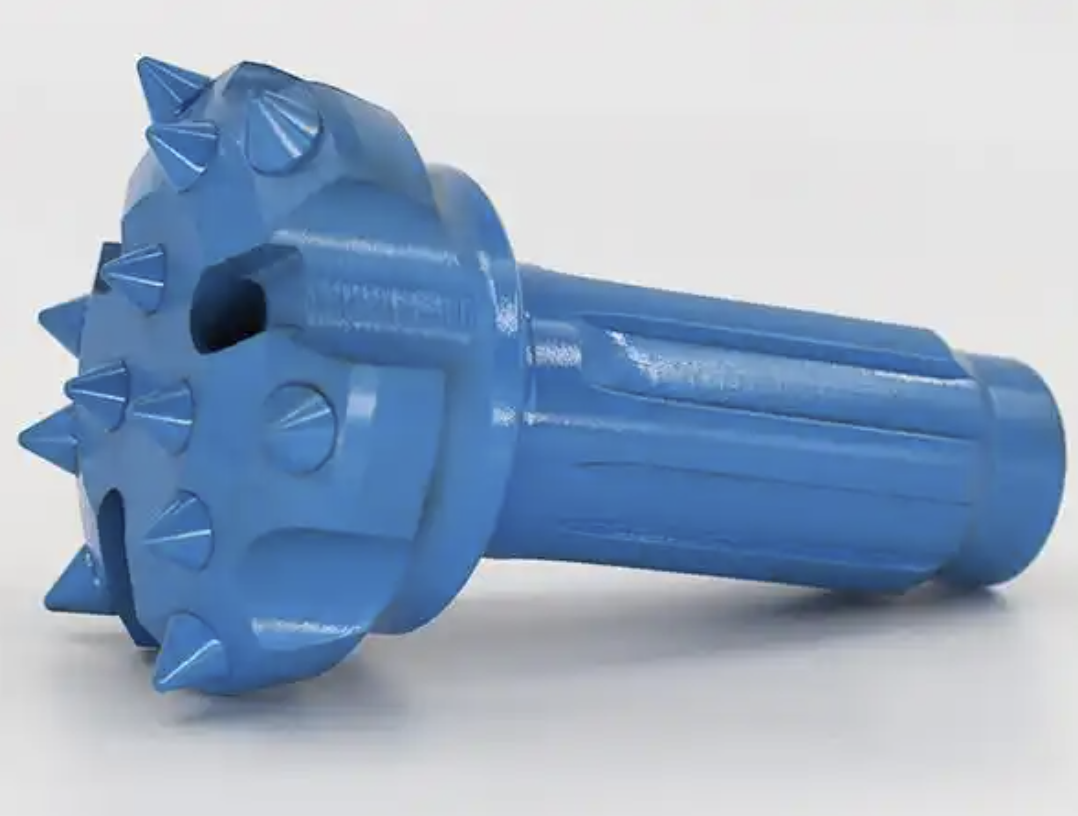
Additional notes
Avoid using standard impact‑type DTH bits in collapse‑prone formations: their high‑frequency impacts can further loosen the borehole wall and greatly increase collapse risk. If use is unavoidable in special cases, pair the bit with specialized borehole stabilizers, reduce impact frequency, and monitor hole‑wall conditions in real time.
